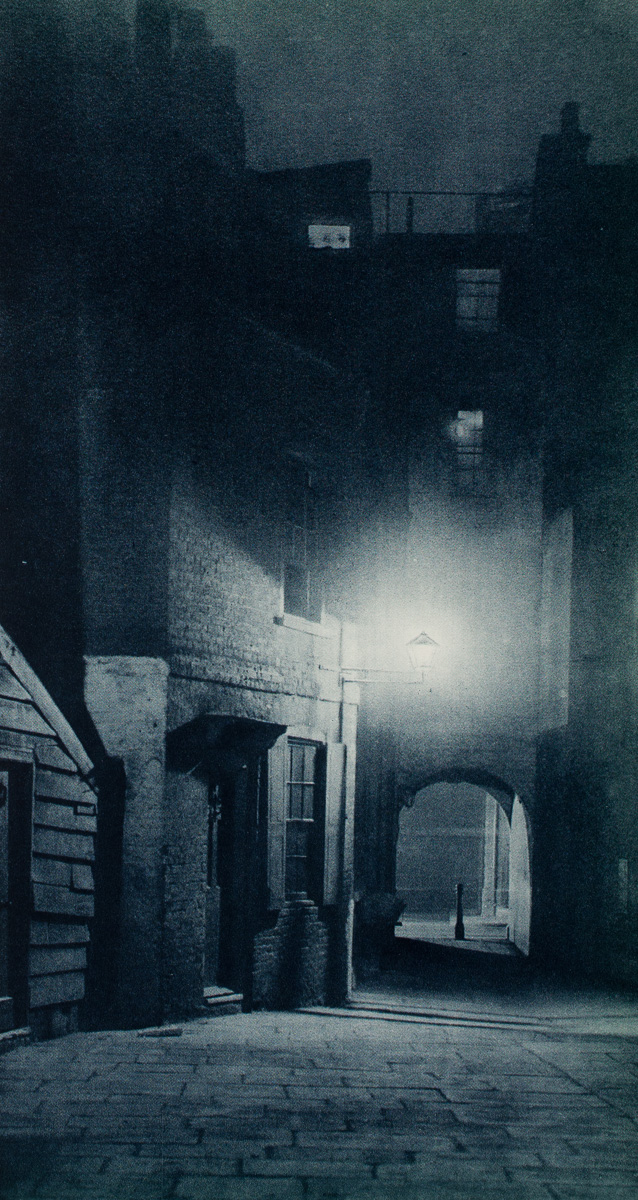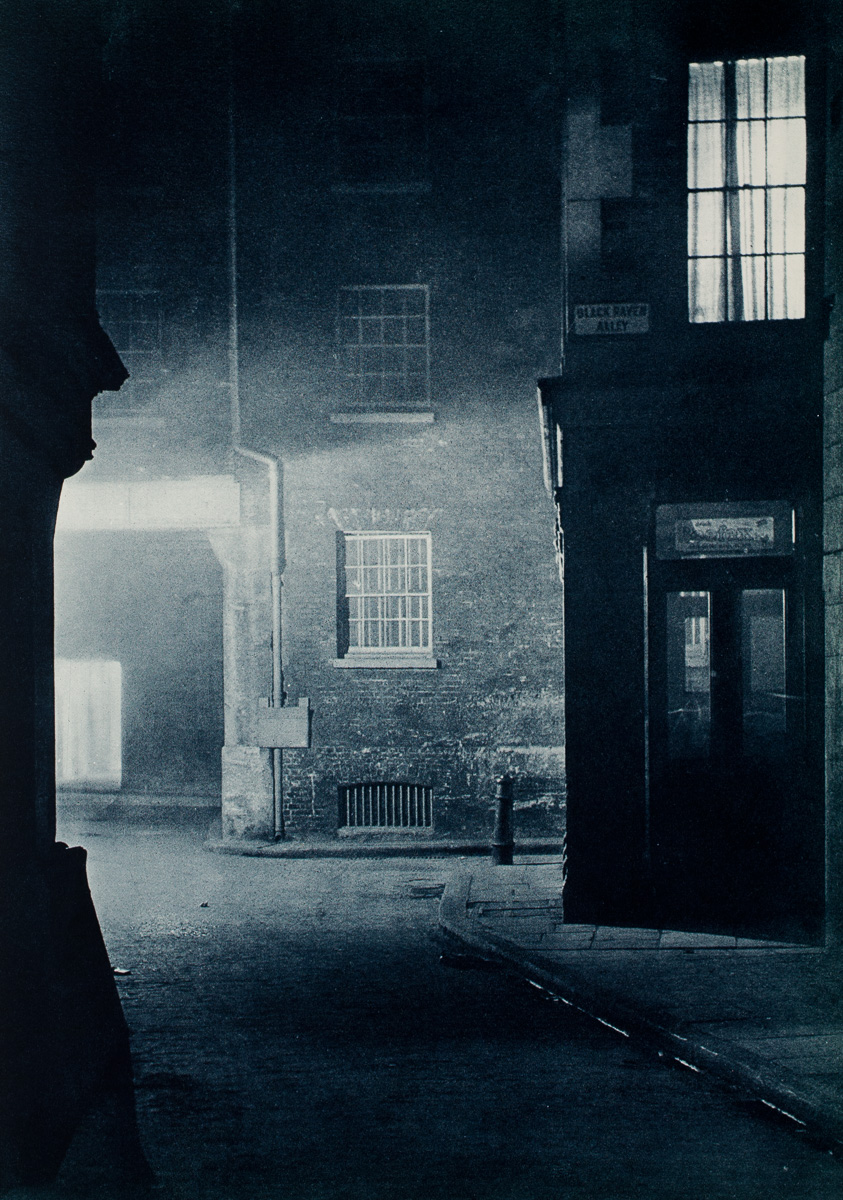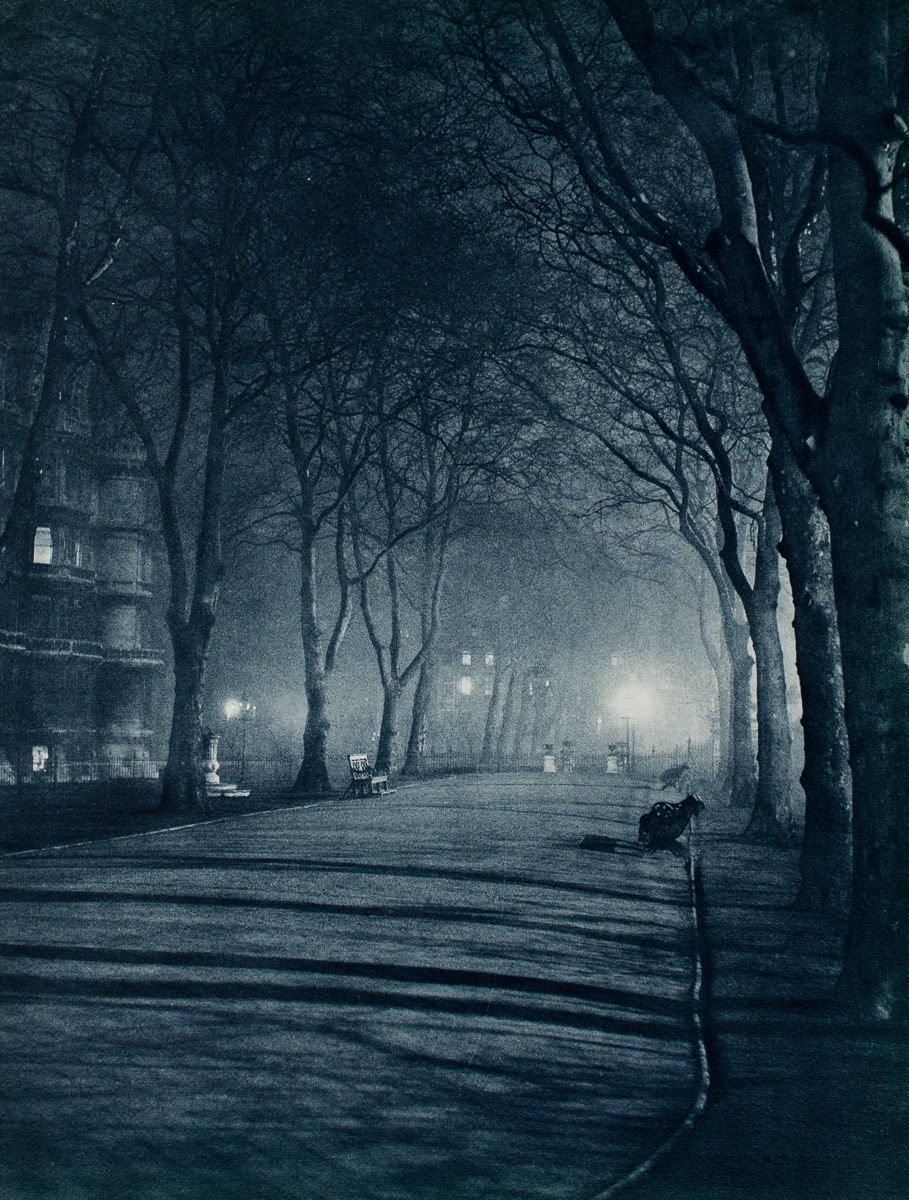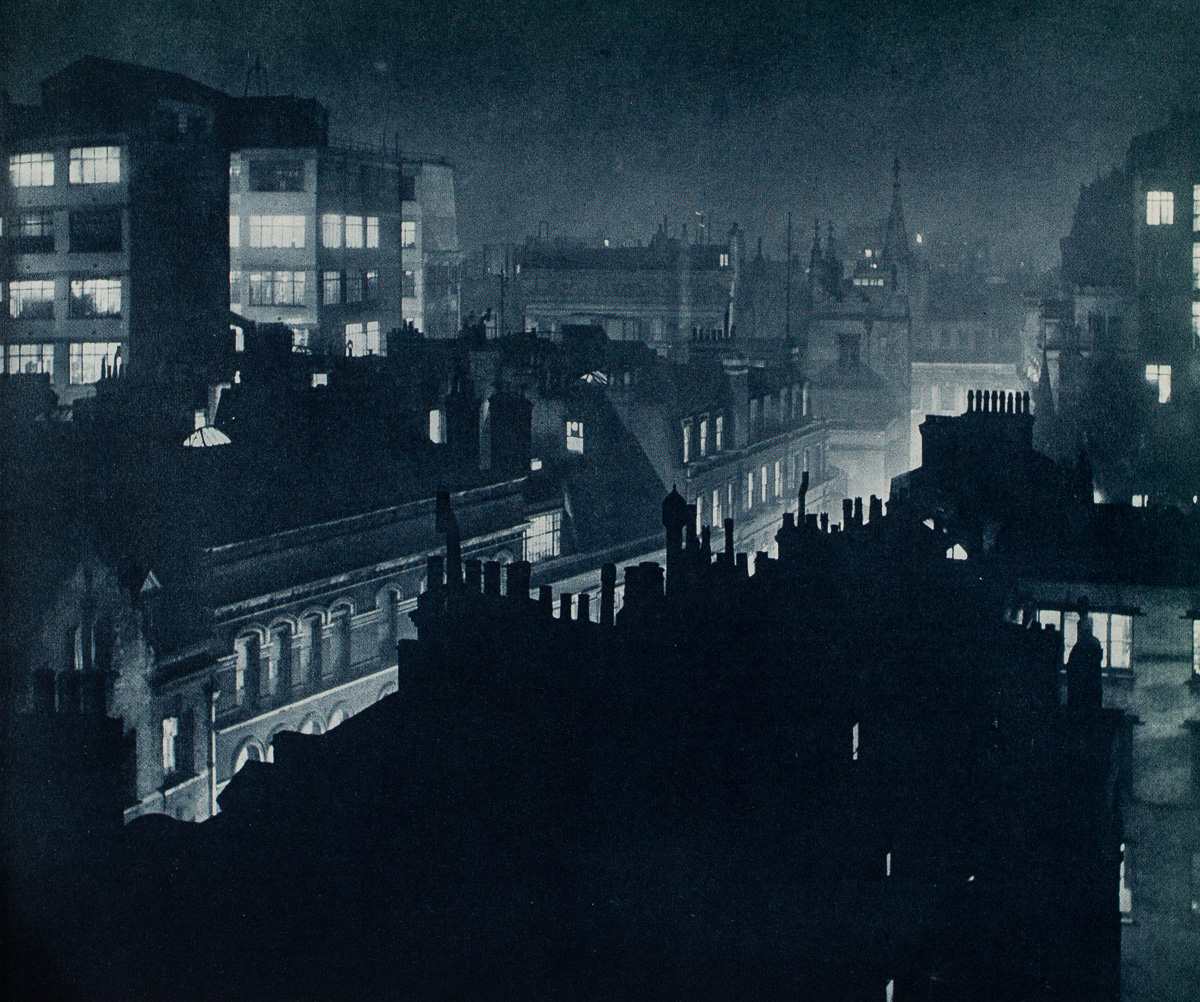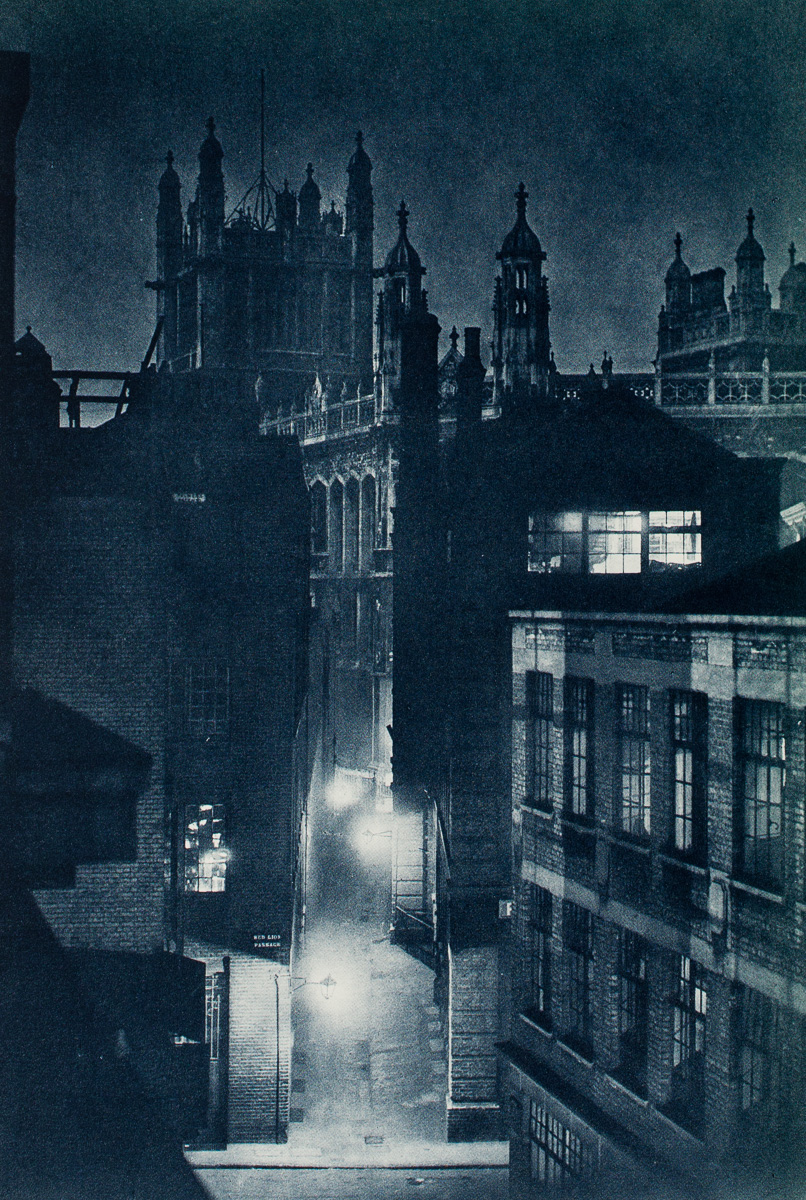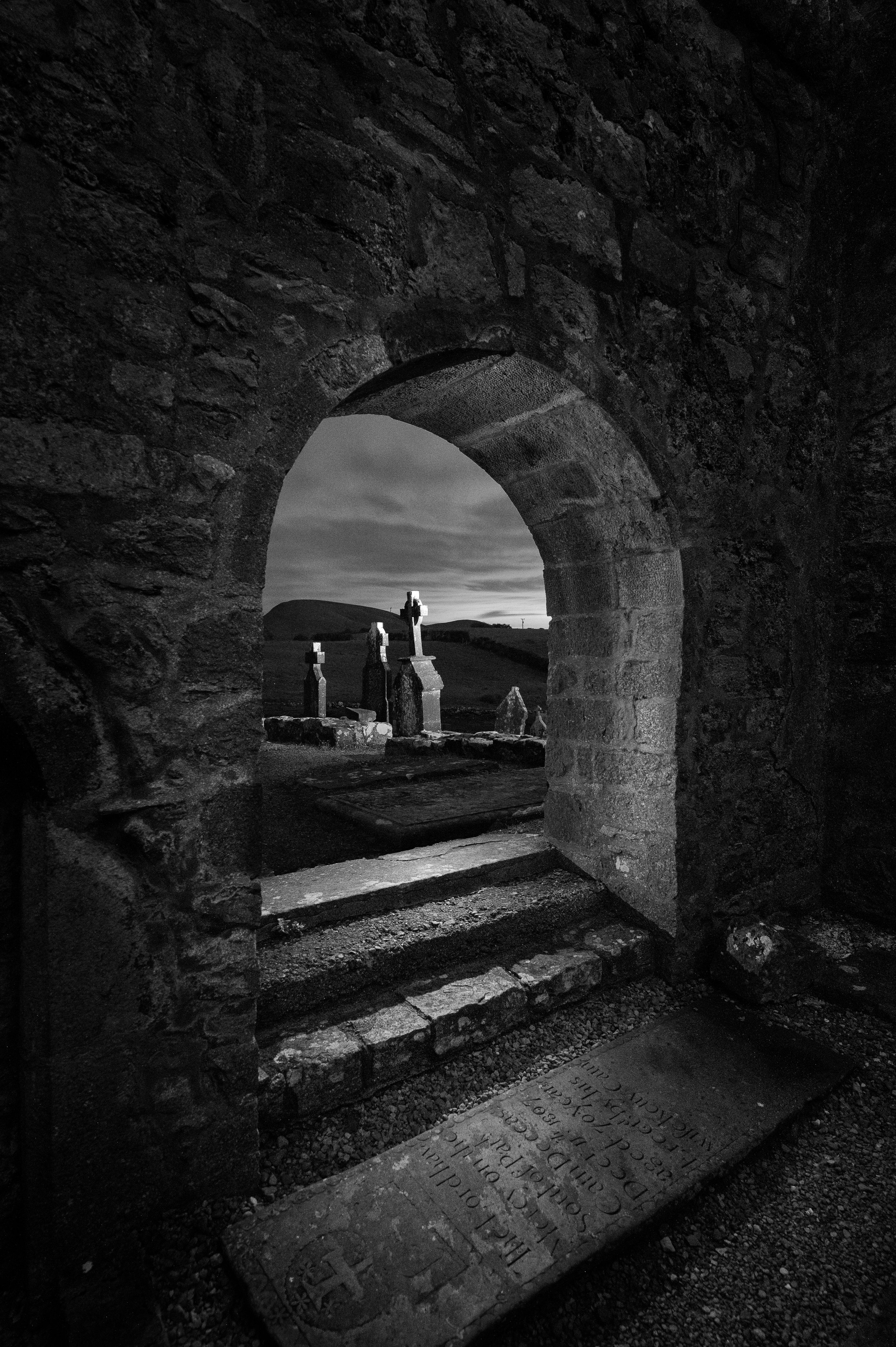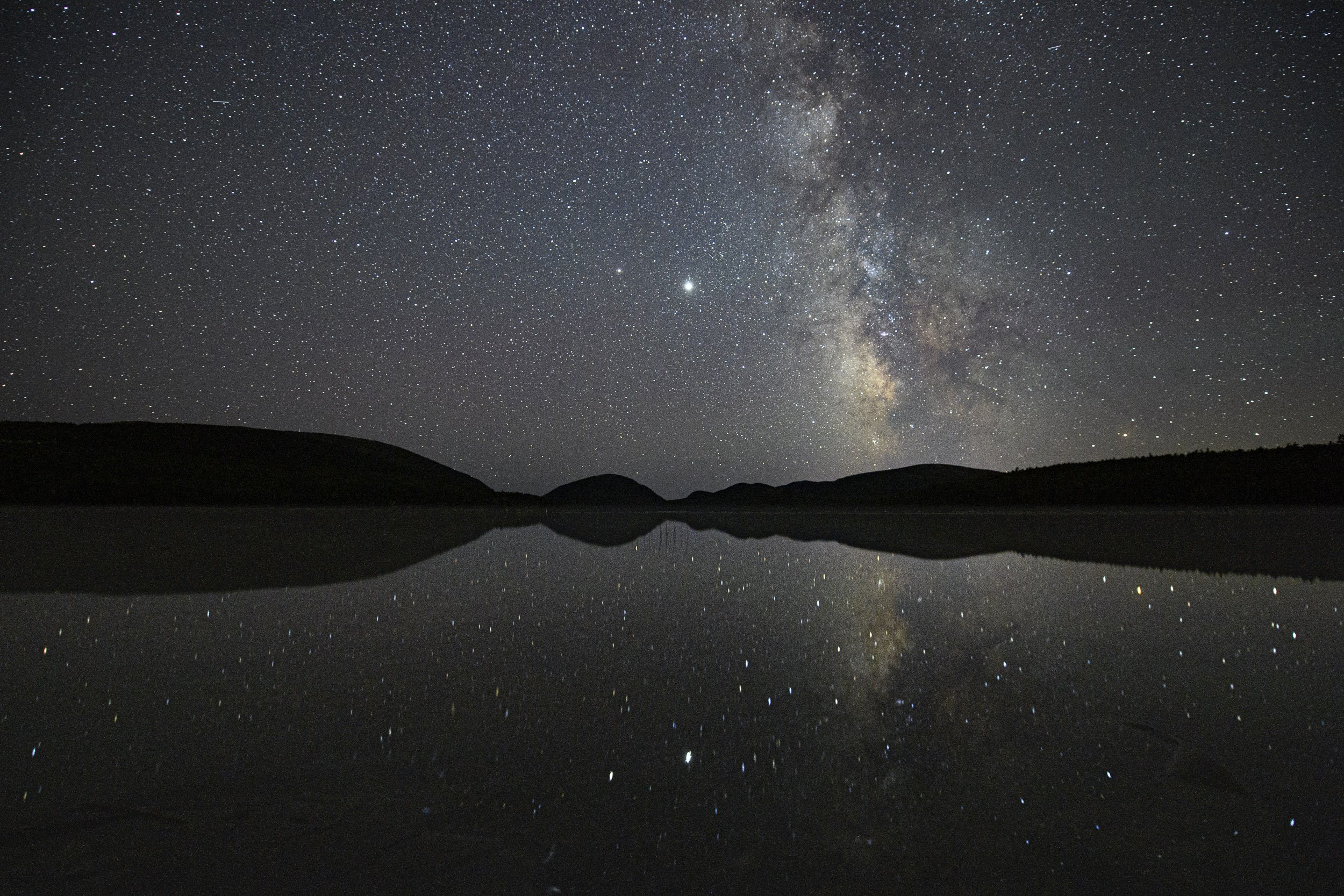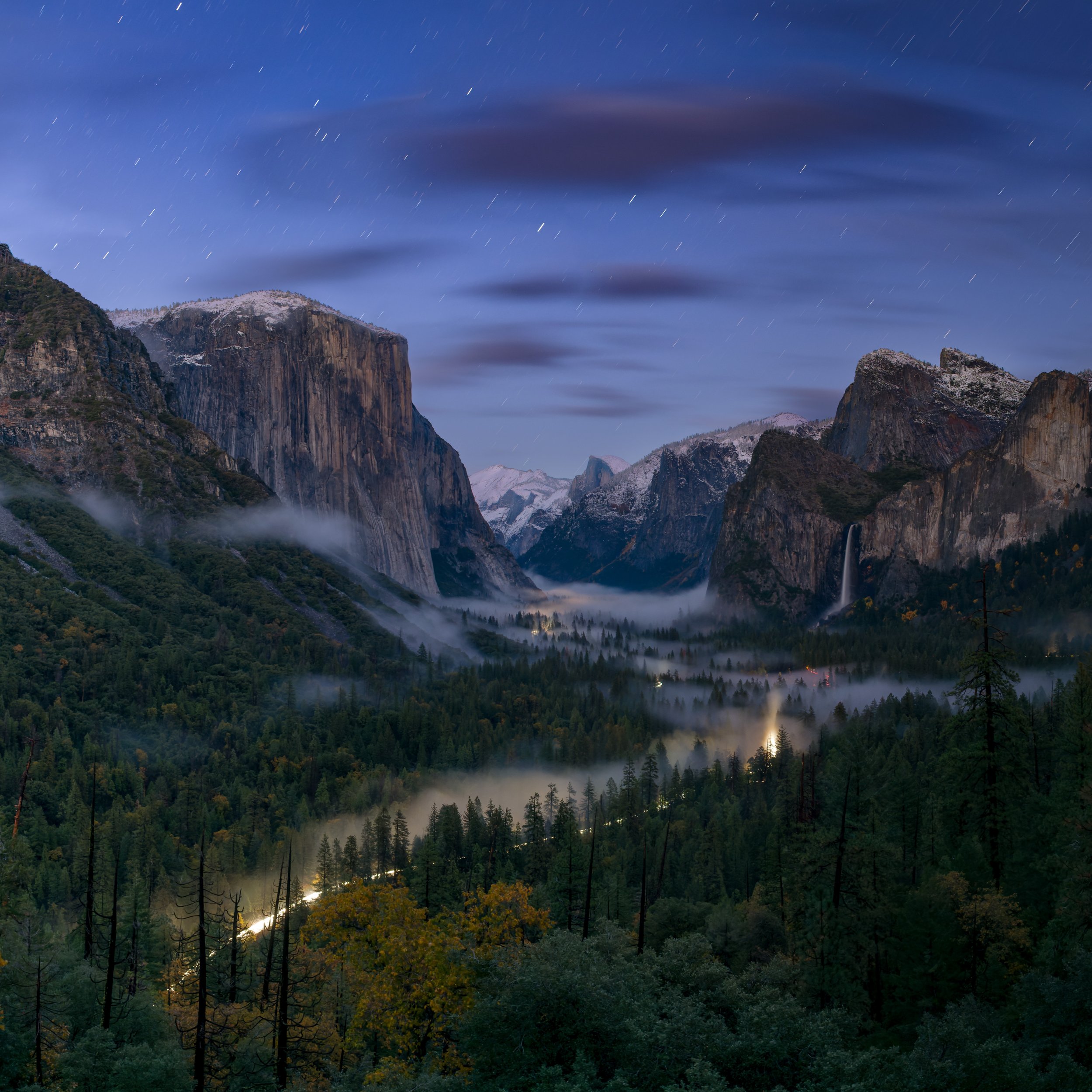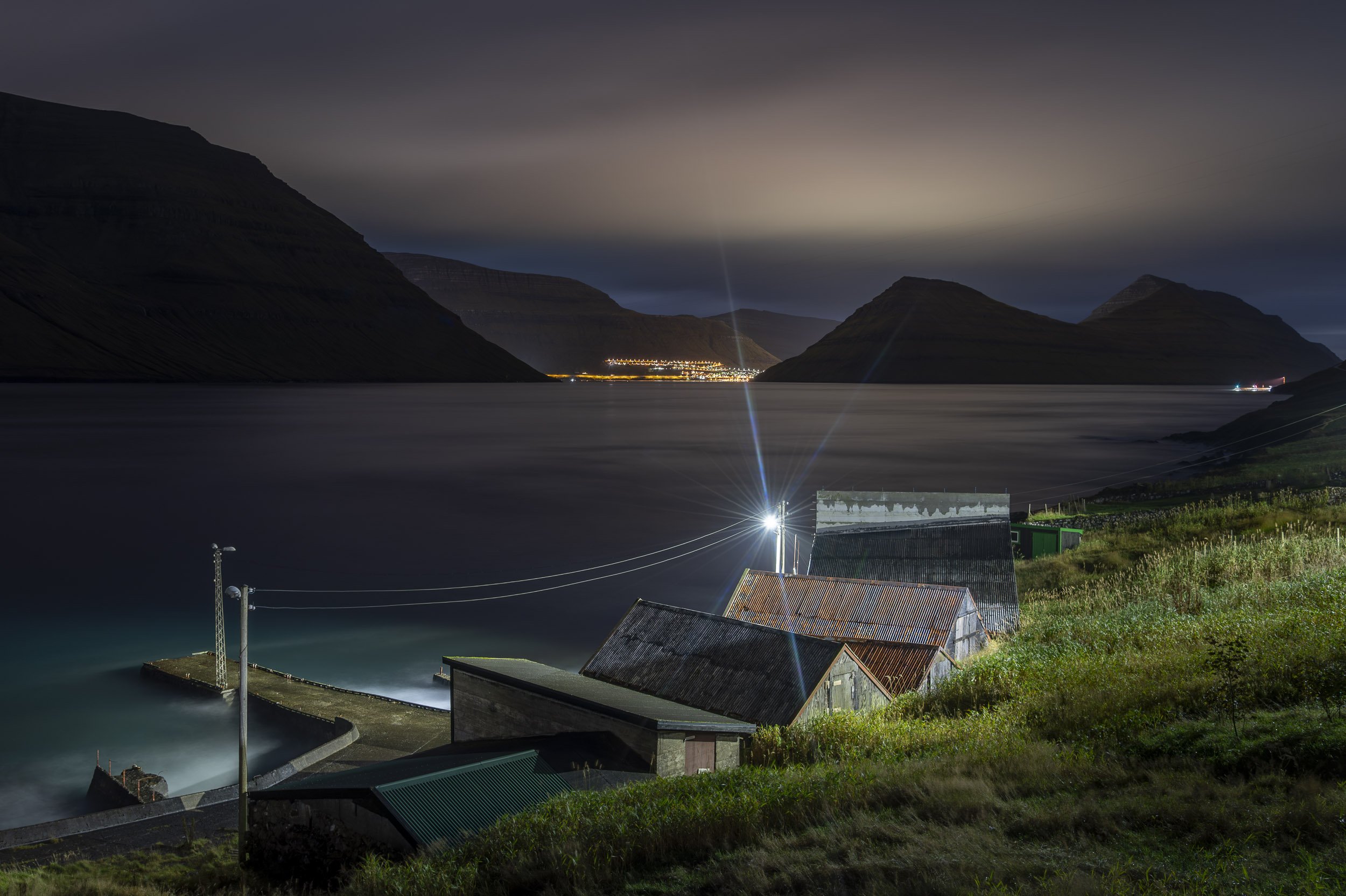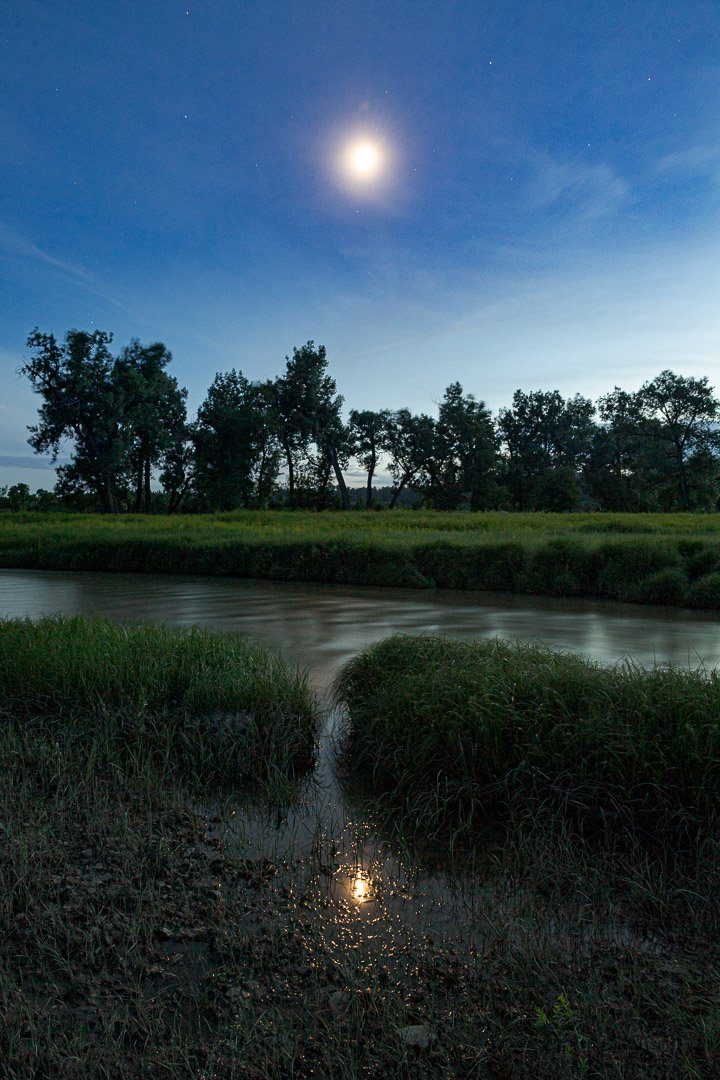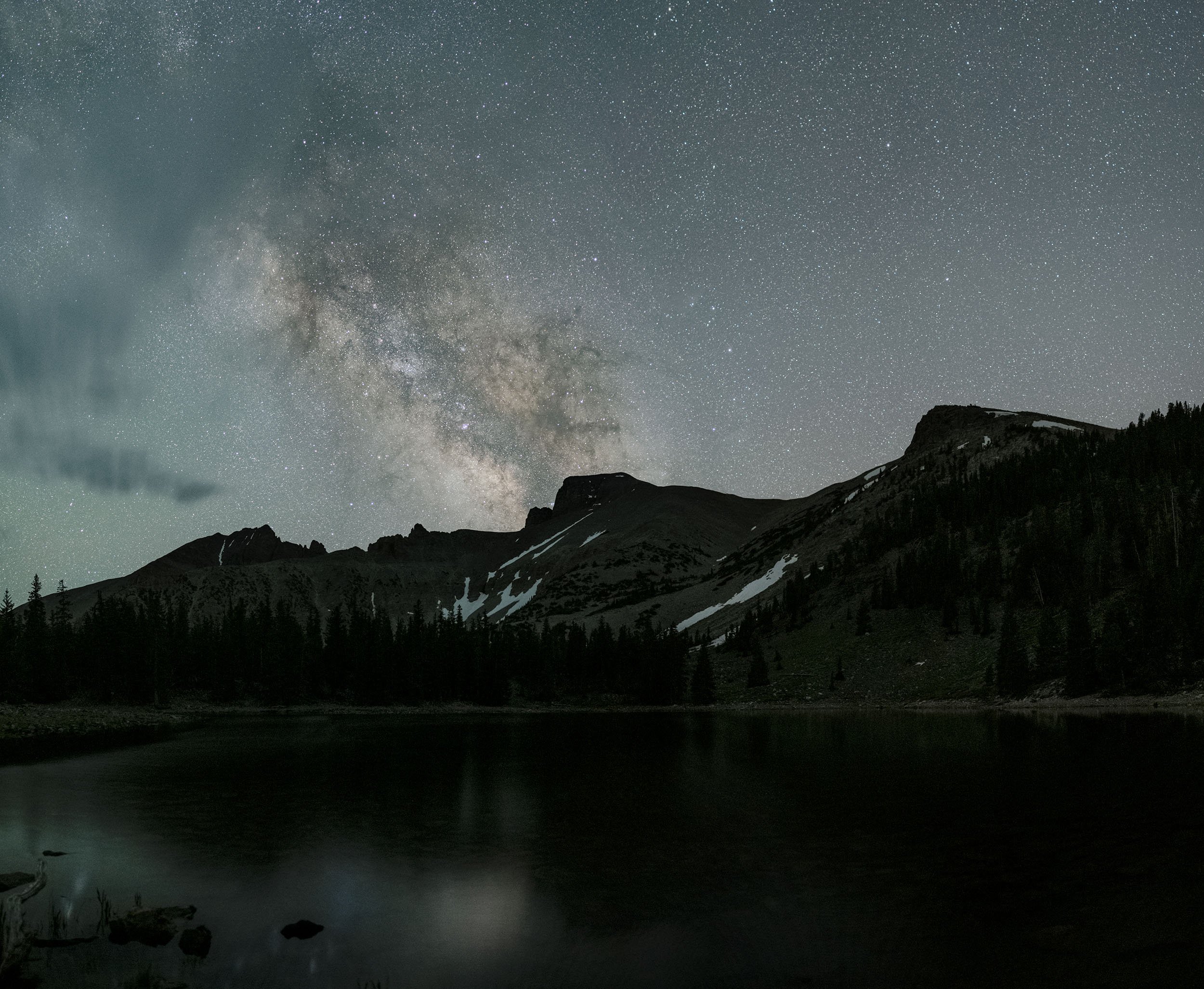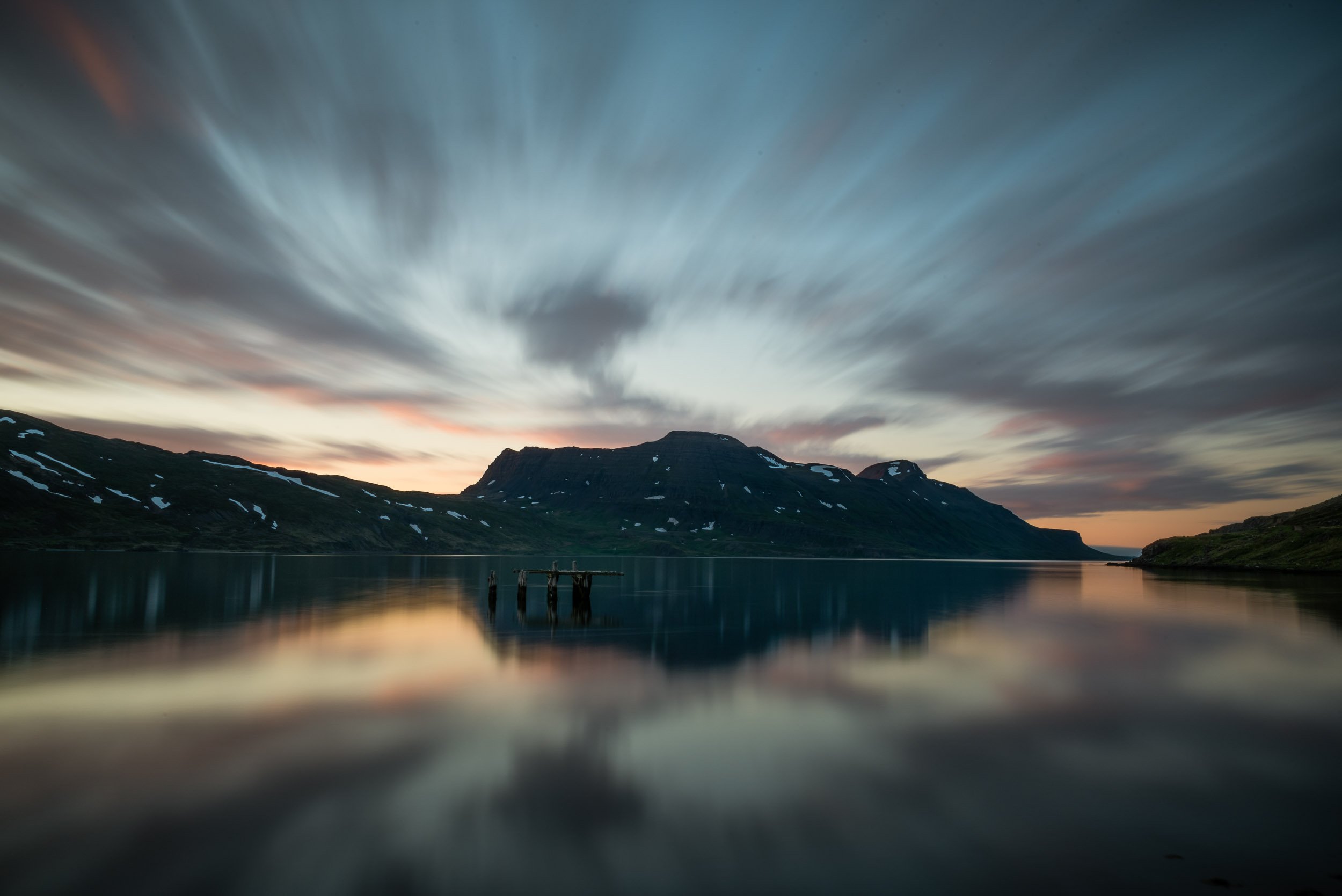In my last post, I wrote about the passing of my mentor, Steve Harper. The way that I teach my own classes and workshops has been greatly influenced by the time I spent studying with Steve in the late 1980s and early 90s. One of the ways that his influence comes through is that I usually begin my workshops with a (not always) brief overview of the history of night photography.
Steve felt strongly that having an appreciation of the challenges faced by the pioneers of night photography—and at least a passing familiarity with some early nocturnal imagery—was not only interesting, but was also an important aspect of his students developing their own “Night Vision.”
I agree, and I also think that studying the work of others is a great way to learn, and to advance one’s own photography. Analyzing and perhaps even attempting to recreate classic photographs can be an effective way to progress in one’s own work. Even the renowned English photographer Bill Brandt copied some night images by his contemporary Brassai—going so far as to use his own wife as a stand-in for the prostitute in one of Brassai’s photographs!
London Night, by Harold Burdekin and John Morrison
The key is not to simply mimic someone else’s great ideas, but to take the knowledge that comes with reproducing the work of masters and move on to create something new. With this in mind, I’m beginning a series of articles highlighting some of my favorite night photographers. Let’s begin by looking at the work of Harold Burdekin and John Morrison.
Unfortunately, little is known about the lives of Burdekin and Morrison. In 1934 they published a remarkable book of night photographs of London that was at least in part inspired by Brassai, who had published the first book ever of night photographs, Paris de Nuit, just the year before. In London Night, Burdekin is credited as the photographer, and Morrison as the assistant and author of the accompanying essay.
“Study Burdekin and Morrison’s photographs ... see what you can emulate in their execution.”
Burdekin was killed by a falling bomb in London in 1944. Another book of his photographs was published posthumously in 1948. As for Morrison, he was never heard from again. That’s about all there is, except of course for the photographs.
London Night is a beautiful book, sumptuously printed in blue photogravure— the same process that was used for Brassai’s book. In Morrison’s introductory essay to London Night, he references Paul Morand’s opening essay to Brassai’s Paris de Nuit, agreeing with Morand that night is more than the opposite of day. Morrison rhapsodizes throughout his essay about the mysterious and romantic qualities of the night, and it is a fine introduction to the photographs, which also present a highly romanticized and soulful view of pre-war London.
Despite remaining largely unknown, the art of London Night represents one of the finest collections of night photographs of the 20th century. The images are technically perfect, and the compositions are balanced and hold the viewer’s attention, leading the viewer into this dreamy world of shadows.
The photographs convey a dark and lonely city, quiet and seemingly devoid of life. All of the images were made on foggy nights, the fog blending with the soot and smoke from a thousand coal fires in the city. The empty streets are thick with atmosphere, timeless, full of mystery and the unknown. It’s not hard to imagine Sherlock Holmes and Moriarty locked in their game of cat and mouse, slipping through the streets of these photographs. In short, the images capture the sentiments that are nearly universal to night photographers.
I encourage you to study Burdekin and Morrison's photographs and see what you can articulate about their effectiveness, see what you can emulate in their execution. Perhaps venture into your own city or town, and experiment to try to recreate what you like most about their style. The experience will at the very least be fun, and may even spark some changes in how you pursue seizing the night.


